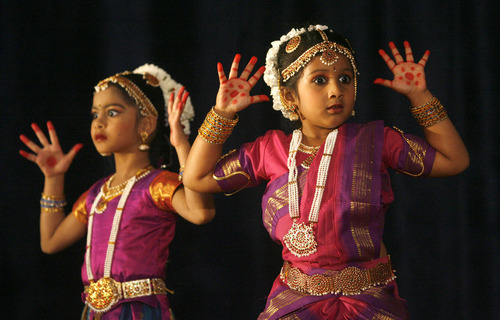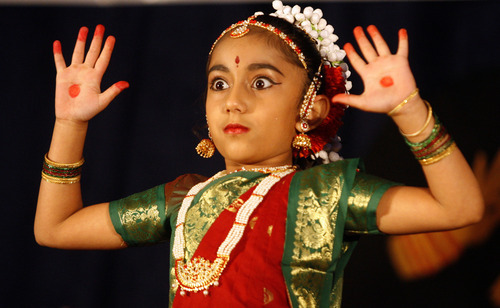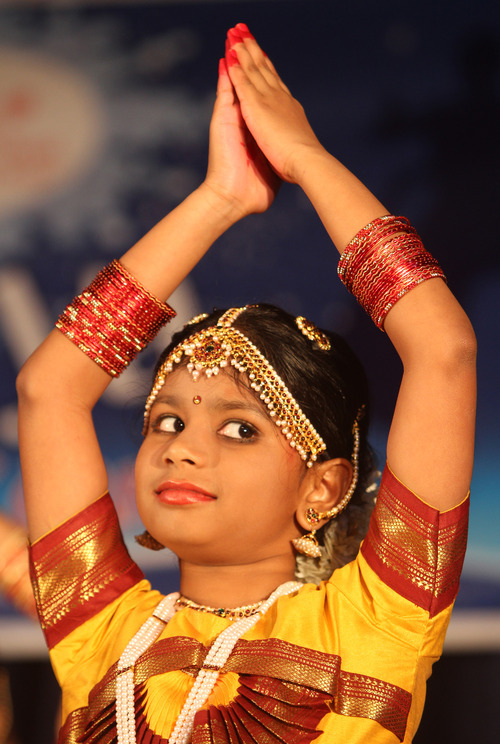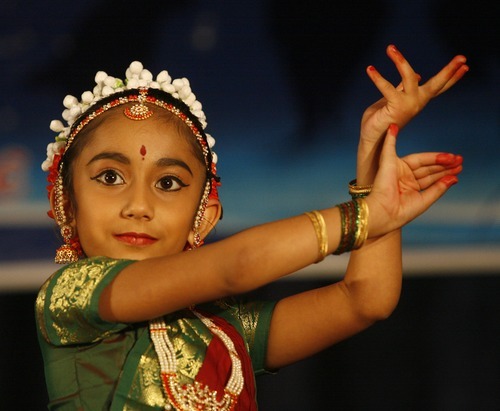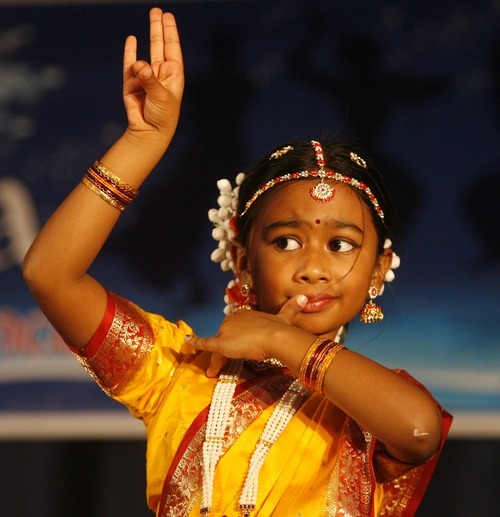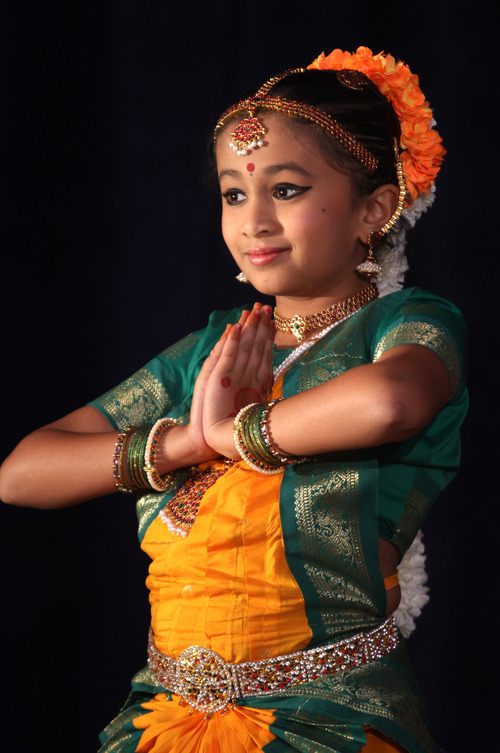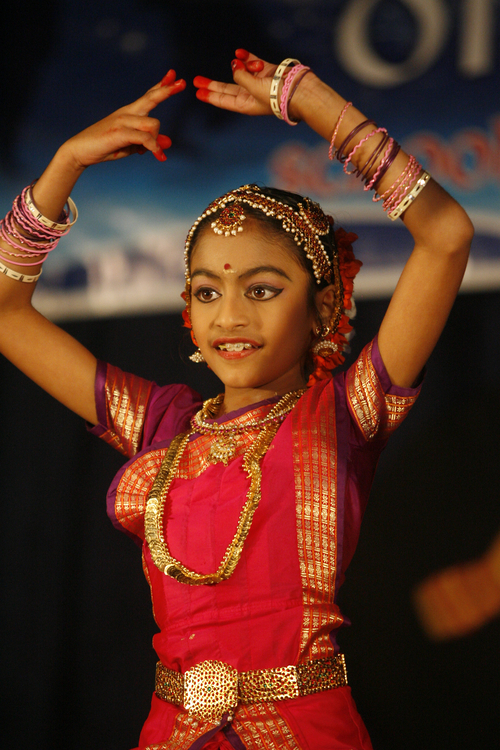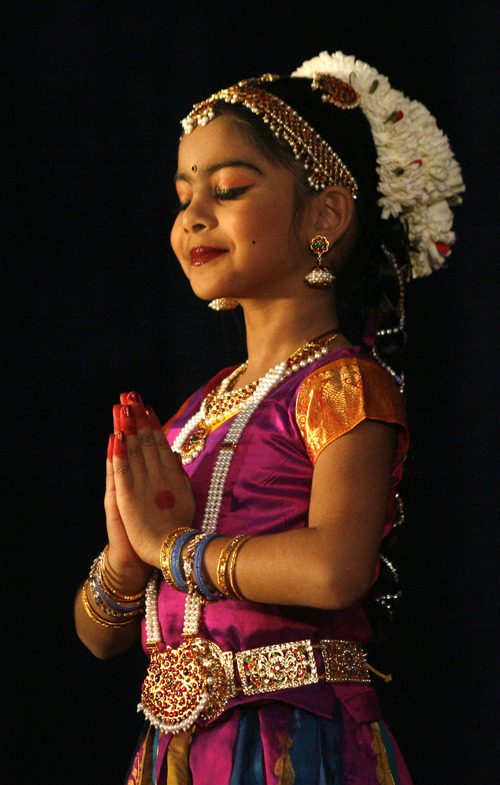This is an archived article that was published on sltrib.com in 2011, and information in the article may be outdated. It is provided only for personal research purposes and may not be reprinted.
South Jordan • Divya Narayanan thinks you can — and should — dance.
The petite woman who was born and raised in Delhi, India, landed in Utah along with her husband and daughter in 2007. As a child, she was heralded throughout her homeland's newspapers as a prodigy in the artform of classical Indian dance. Now, she's sharing that with her fellow Utahns.
"Whether you have a talent in dance or not, it's a very exquisite dance form," she said. "It's a good way to learn our culture."
Narayanan performs at various cultural events and teaches workshops for Brigham Young University and Ballet West, but she started teaching to help her daughter, Manya, now 9, meet friends in a state where she knew no one.
At first, she volunteered dance lessons. In 2009, after demand grew, she officially registered as a small business and opened her own dance studio in her home's basement, replete with wood floors and a mirrored wall.
She teaches three forms of classical dance — Bharathanatyam, Mohiniyattom and Kathakali — to students ranging in age from 5 to 40. She is open to teaching anyone who wants to learn, though her current roster of about 40 students is filled nearly exclusively with students of Indian descent. Some are children of people who have seen Narayanan perform, and others are the parents themselves.
"Some people never had the opportunity to learn this when they were a child, so they are doing so now," she said.
Narayanan studied classical dance forms for years under some of the most prestigious teachers in India, and she received several national, competitive scholarships to continue her studies. Now that she is in the United States, she wants to pass along her knowledge and skills to others.
One of the many things she enjoys about teaching the dances is that students have to learn about Indian history and culture as well. The dances are often retellings of the great epic poems that serve as canons of Hindu scripture. Dancers portray the various characters, usually Hindu gods, and interpret the story through movement.
"You understand how to convey the meaning of these mythological stories," she said. "It's the complete experience of Indian culture."
For Parvathi Radhakrishnan, one of Narayanan's first students, learning about her culture and religion is important.
"I really like that I can keep a connection with my culture," the 18-year-old said. "I learn a lot of myths and stories in Hinduism through dance that I normally wouldn't have any other opportunity to learn."
Radhakrishnan, a biology major at the University of Utah who plans to go into medicine, won't pursue dance professionally. She took lessons for a year when she was about kindergarten age when she and her family lived in the United Arab Emirates, but she didn't find a dance teacher in the United States until she met Narayanan. She's been taking lessons for more than three years and enjoys sharing her culture.
"I think it's really important to share the stories through our dance," she said. "After each performance, we have an opportunity to teach about our culture and our religion. I think it's great we can do that."
The dancing is quite detailed, with the same hand gesture held at different heights of the body symbolizing different words or emotions, Narayanan said.
"There's a reason it takes nearly seven years to become a professional classical dancer," she said.
While the dances are traditionally religious in nature, there is no limit to the topics they can cover. Narayanan has seen dances on women's rights or environmentalism, too.
Makeup for the dances can take several hours to complete, and the intricate costumes — based on saris of regal purple to electric pink to golden saffron — have to be custom tailored in Chennai, India, and shipped to Utah. The costumes, which feature skirts with scores of pleats and intricate gold thread designs, cost about $80 each, but they are critical to the art form, Narayanan said.
While she and her students have performed at area religious and cultural festivals, Saturday marked the first time her students put on a performance of their own. Narayanan wants to turn the event into an annual recital.
"We do so many performances for other groups, we wanted to show we are doing something for ourselves," she said. "It's a way to make people aware of our culture and for us to learn our own culture."
Twitter: @sheena5427 —
Divya School of Dance
Classes are $15 per hourlong session.
First class is free.
Classes are held most weekday nights and Sunday mornings.
Next public performance is Sunday, Nov. 13, at the Salt Lake City Main Library's Diwali Celebration from 1-5 p.m.
For more information, visit http://www.divyaschoolofdance.com or http://www.facebook.com/DivyaSchoolOfDance.


